Unlocking the Secrets of Seafood Sauce: Comprehensive Testing Guide
Overview
Seafood sauce is a versatile condiment beloved worldwide for its rich and savory flavors. However, ensuring its safety and quality is critical, especially in light of growing consumer awareness. **Comprehensive testing** of seafood sauce helps to ensure compliance with food safety standards while maintaining its delicious taste and nutritional integrity.
Sample Collection for Testing
To conduct precise testing, the **selection and preparation of samples** are crucial. Samples should be representative of the batch, collected in sterile containers to avoid contamination. Proper labeling, including details such as production date and batch number, ensures traceability and accountability throughout the testing process.
Key Testing Parameters
Seafood sauce testing includes various **critical quality and safety indicators**:
- Microbiological Testing: Detects harmful pathogens like Salmonella and E. coli.
- Chemical Analysis: Identifies levels of heavy metals, such as mercury and cadmium.
- Nutritional Content: Measures salt, sugar, and protein content for nutritional labeling compliance.
- Preservatives and Additives: Verifies compliance with regulatory limits for preservatives like benzoates.
Advanced Testing Instruments
Modern laboratories utilize state-of-the-art instruments for accurate analysis:
- Gas Chromatography-Mass Spectrometry (GC-MS): Used to detect and quantify chemical residues.
- High-Performance Liquid Chromatography (HPLC): Ideal for identifying food additives and preservatives.
- Atomic Absorption Spectroscopy (AAS): Critical for heavy metal analysis.
- PCR Testing: Employs molecular biology techniques to identify microbiological contamination.
Testing Procedures and Methods
Testing seafood sauce follows strict guidelines to ensure **reliable and reproducible results**:
- Sample Preparation: Homogenize the sample to ensure uniformity.
- Extraction Process: Use solvents or reagents to extract the target analytes.
- Instrument Calibration: Calibrate all instruments against certified standards before use.
- Analysis and Reporting: Conduct tests in triplicate for accuracy and compile results into a detailed report.
Conclusion
Testing seafood sauce is not just a regulatory requirement; it is a commitment to consumer safety and product excellence. By leveraging **scientific testing methods and modern technology**, manufacturers can ensure that their products meet stringent quality standards while satisfying the taste buds of discerning consumers.

检测资质(部分)
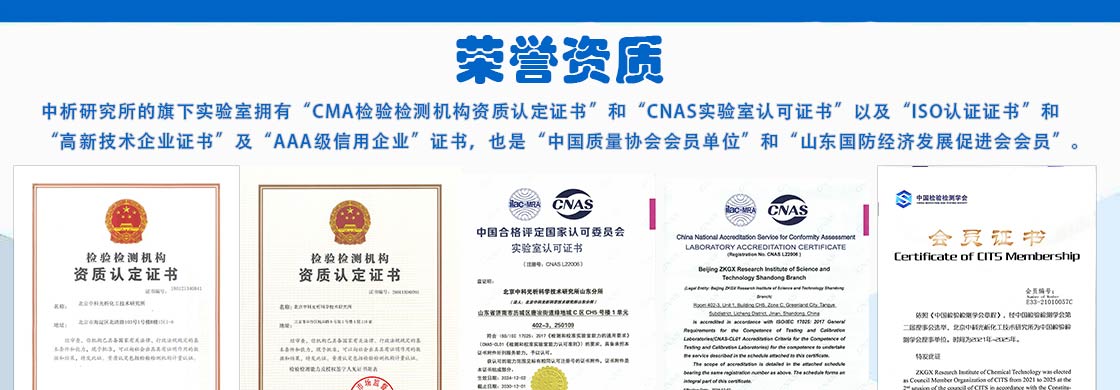
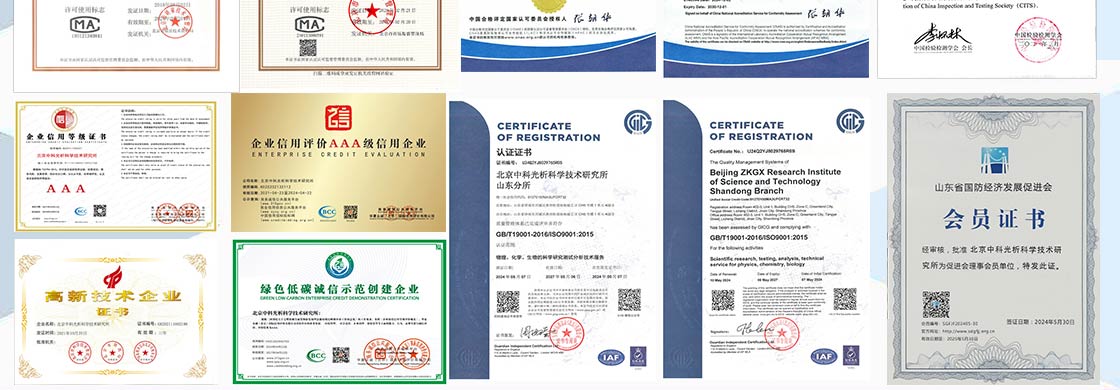
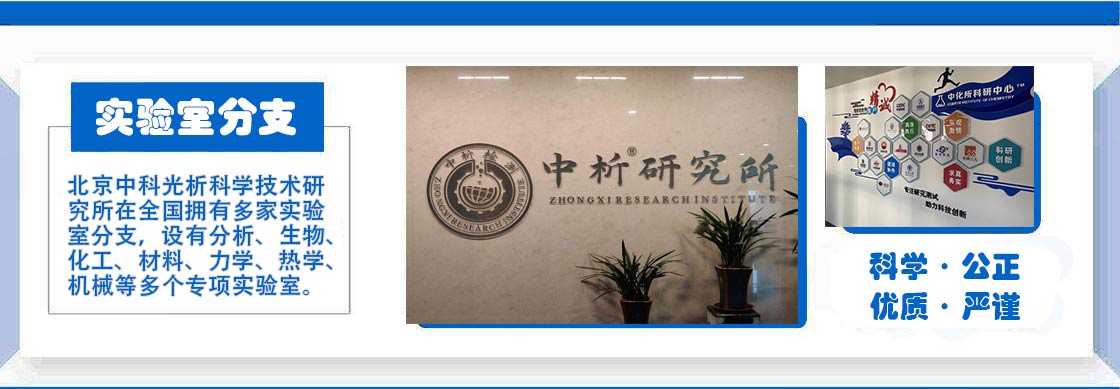
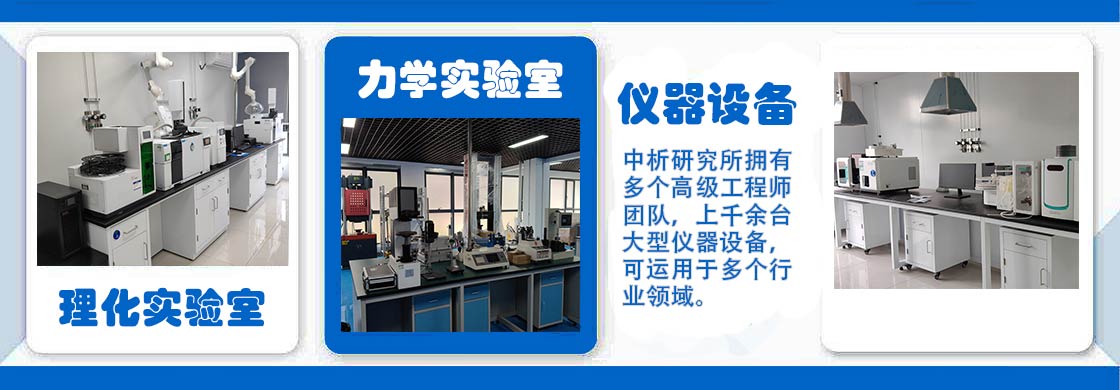
检测实验室(部分)



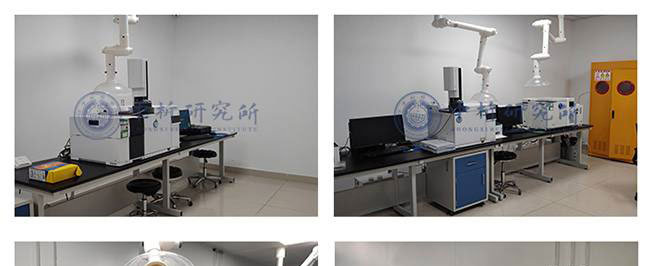
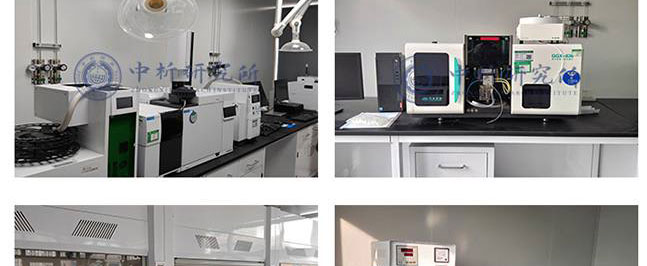
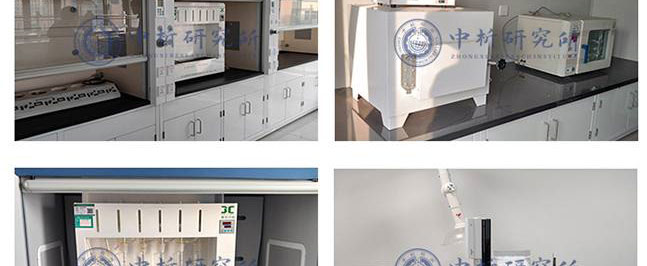
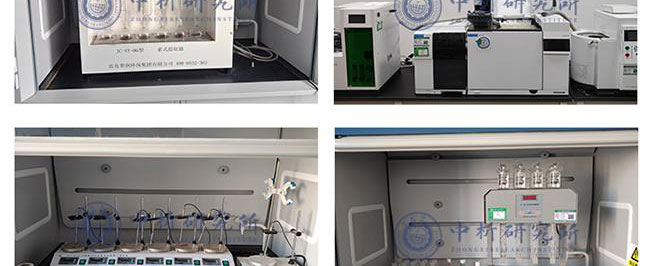
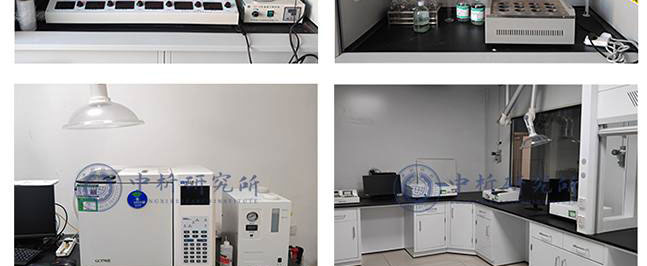
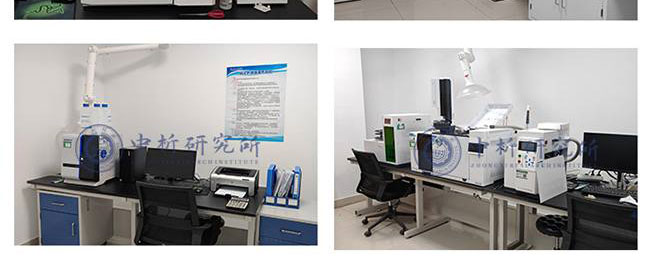
合作客户(部分)





检测报告作用
1、可以帮助生产商识别产品的潜在问题或缺陷,并及时改进生产工艺,保障产品的品质和安全性。
2、可以为生产商提供科学的数据,证明其产品符合国际、国家和地区相关标准和规定,从而增强产品的市场竞争力。
3、可以评估产品的质量和安全性,确保产品能够达到预期效果,同时减少潜在的健康和安全风险。
4、可以帮助生产商构建品牌形象,提高品牌信誉度,并促进产品的销售和市场推广。
5、可以确定性能和特性以及元素,例如力学性能、化学性质、物理性能、热学性能等,从而为产品设计、制造和使用提供参考。
6、可以评估产品是否含有有毒有害成分,以及是否符合环保要求,从而保障产品的安全性。
检测流程
1、中析研究所接受客户委托,为客户提供检测服务
2、客户可选择寄送样品或由我们的工程师进行采样,以确保样品的准确性和可靠性。
3、我们的工程师会对样品进行初步评估,并提供报价,以便客户了解检测成本。
4、双方将就检测项目进行详细沟通,并签署保密协议,以保证客户信息的保密性。在此基础上,我们将进行测试试验.
5、在检测过程中,我们将与客户进行密切沟通,以便随时调整测试方案,确保测试进度。
6、试验测试通常在7-15个工作日内完成,具体时间根据样品的类型和数量而定。
7、出具检测样品报告,以便客户了解测试结果和检测数据,为客户提供有力的支持和帮助。
以上为Unlocking the Secrets of Seafood Sauce: Comprehensive Testing Guide的检测内容,如需更多内容以及服务请联系在线工程师。
